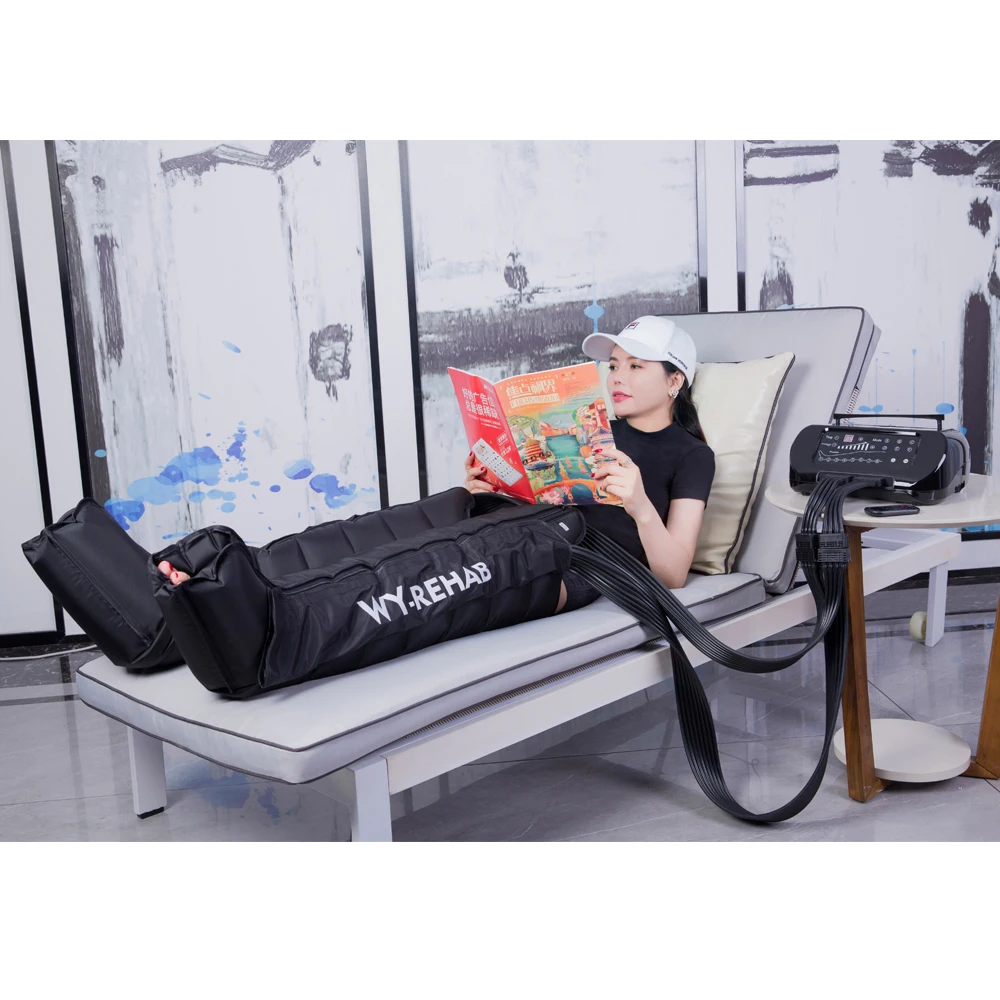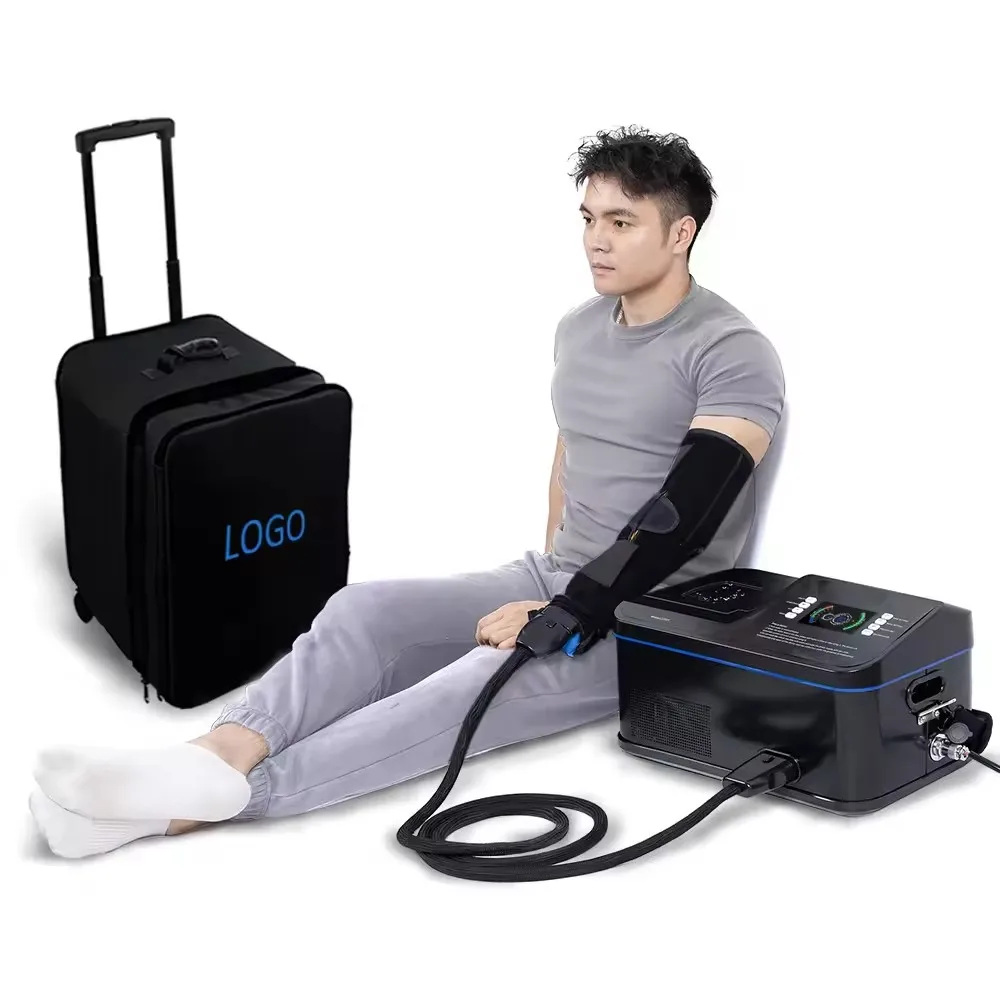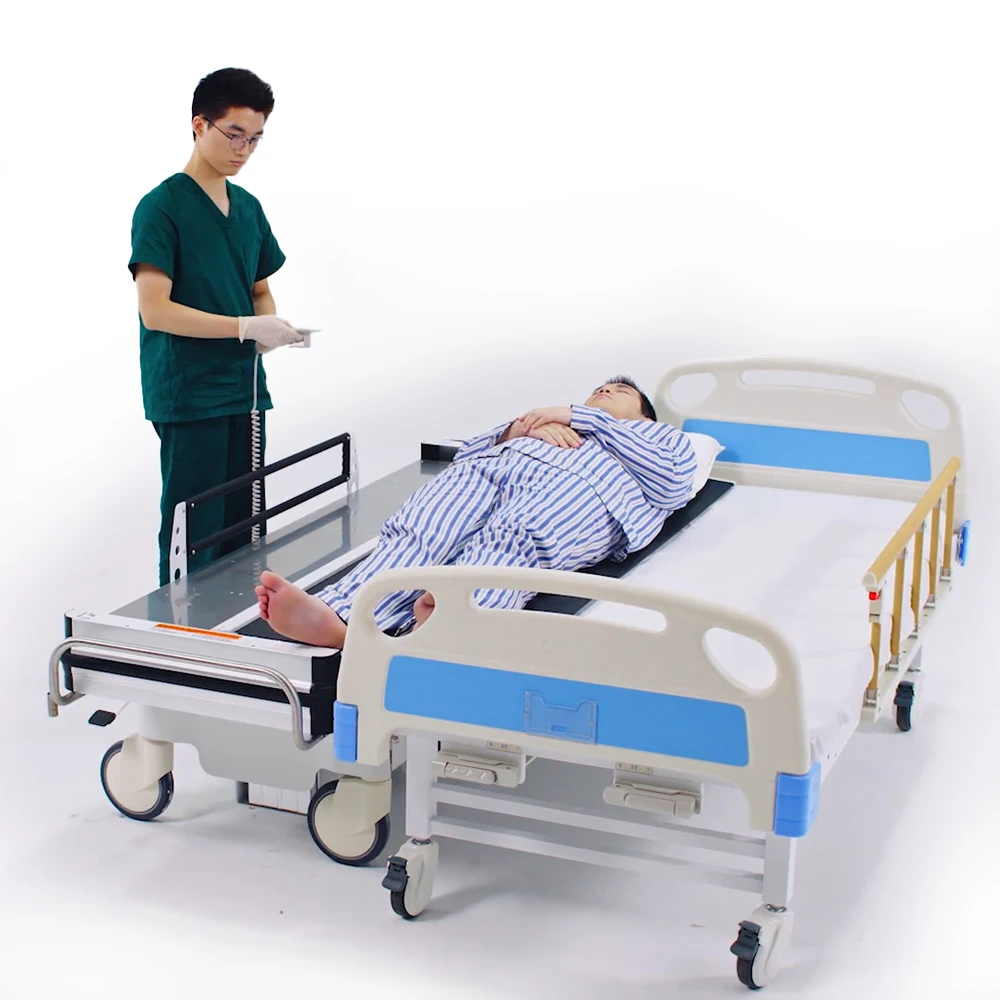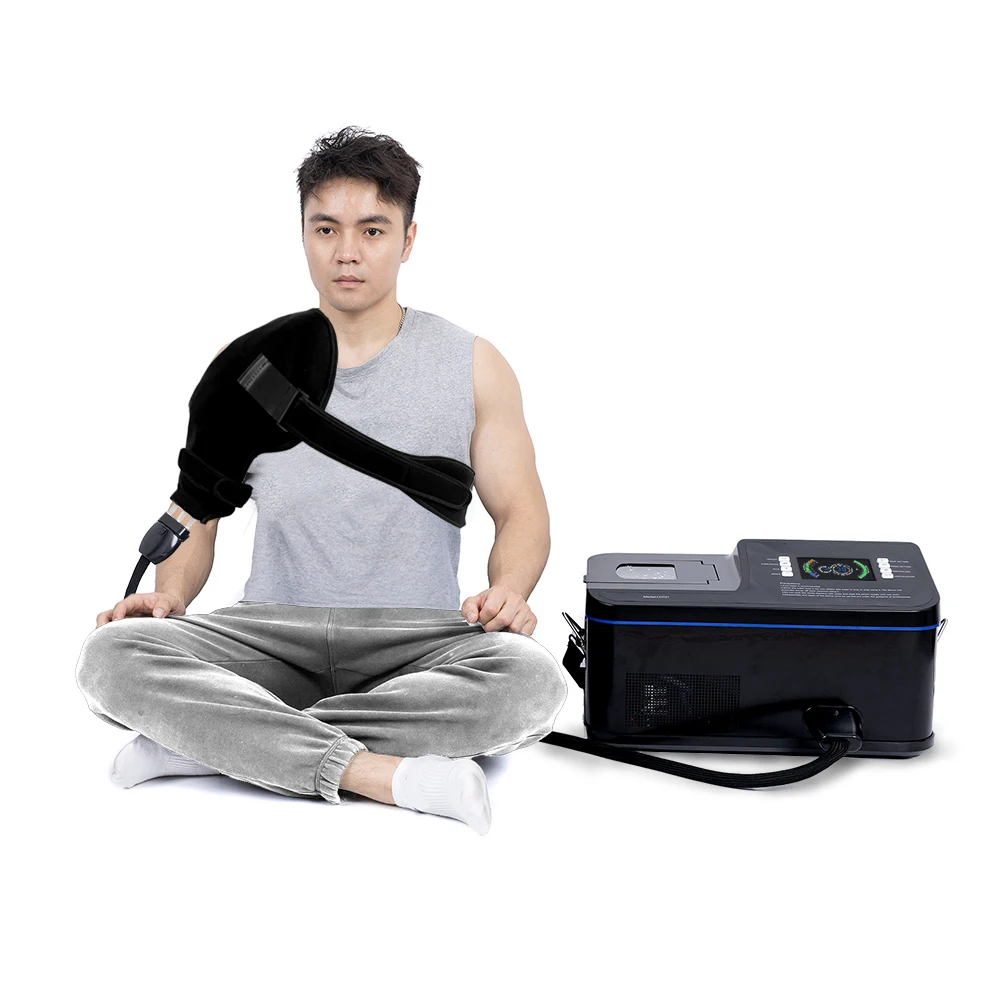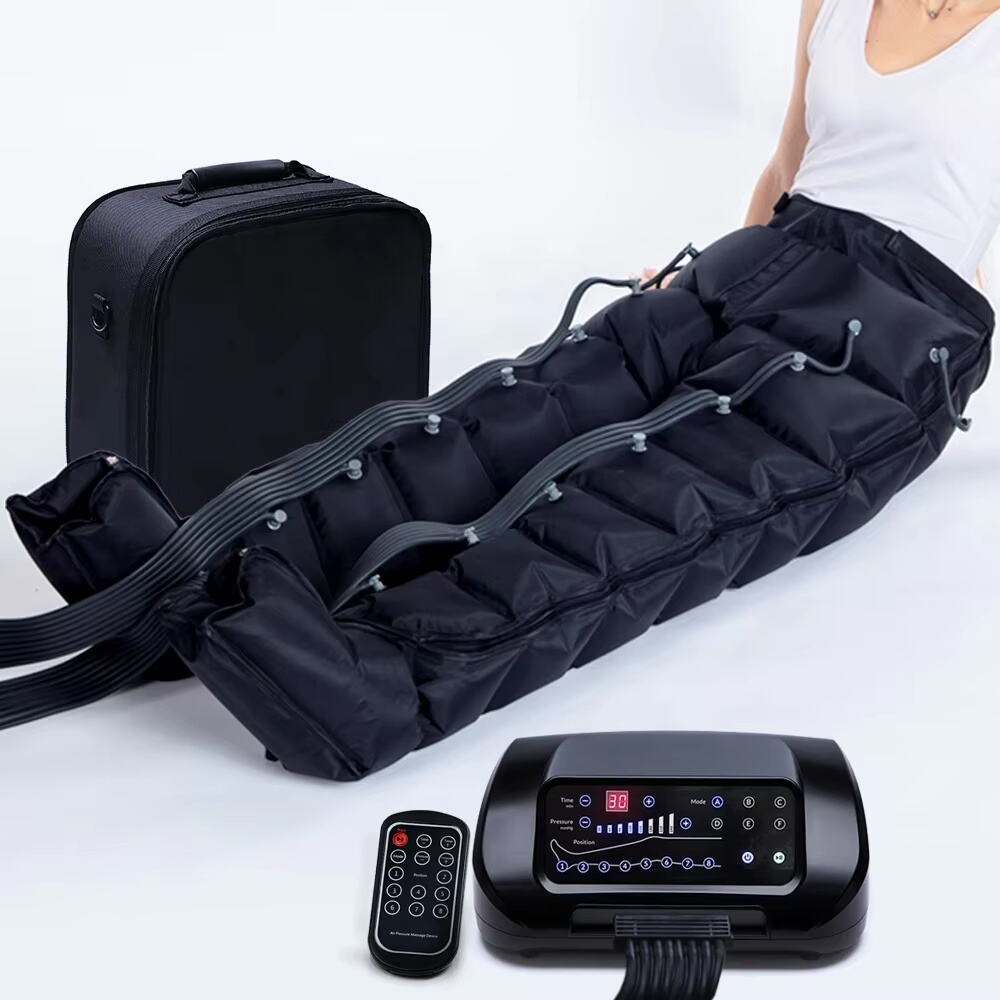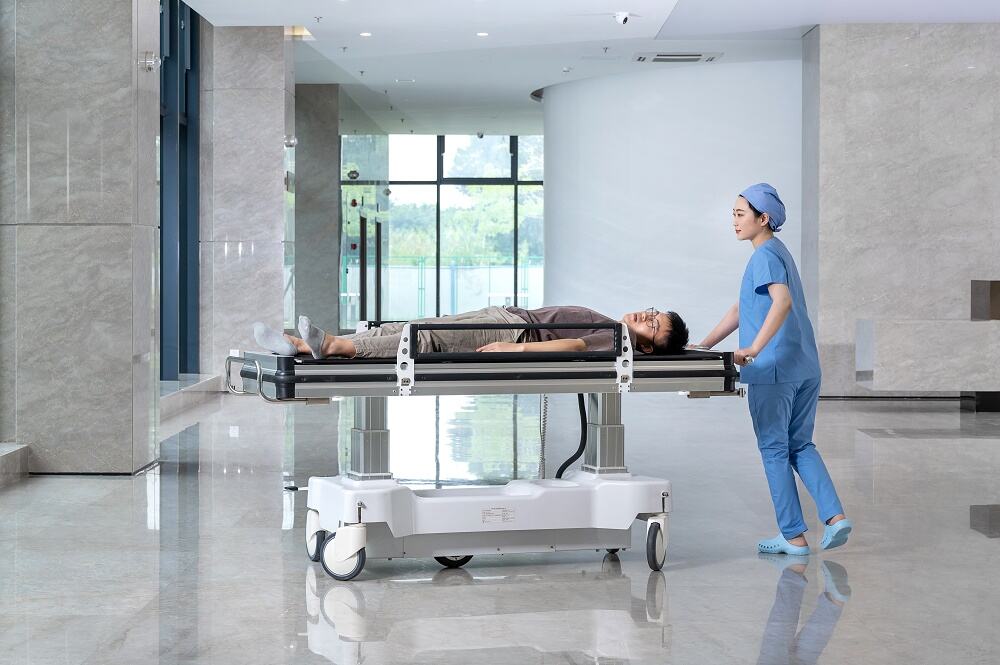moving the patient up in bed
Moving a patient up in bed is a critical healthcare procedure that ensures both patient comfort and safety while preventing potential complications from prolonged immobility. This essential technique involves repositioning patients who have slid down in their hospital beds, requiring careful attention to proper body mechanics and patient safety protocols. The procedure typically employs a combination of manual techniques and specialized equipment, including draw sheets, slide boards, and mechanical lifts when necessary. Healthcare providers must assess the patient's mobility status, weight-bearing capacity, and any contraindications before performing the move. The process involves proper positioning of the bed, ensuring appropriate height and flat positioning, unless contraindicated. Modern healthcare facilities often incorporate ergonomic devices and electric beds with built-in repositioning features to assist in this process, reducing the physical strain on healthcare workers while maintaining patient dignity and comfort. The technique requires coordination between caregivers when performed manually, with clear communication and synchronized movements to ensure smooth execution. This procedure is fundamental in preventing pressure ulcers, maintaining proper body alignment, and facilitating respiratory function, making it an essential component of daily patient care routines.

